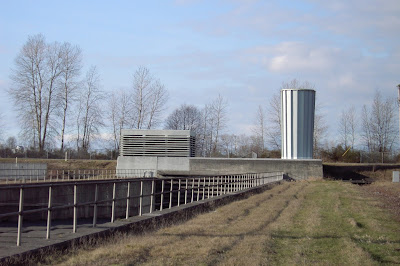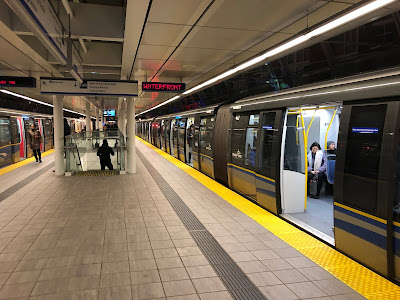Fentanyl has entered the drug supply. This has resulted in an epidemic of overdoses and deaths in communities throughout BC. Langley is no exception. 70% of overdoses occur in private residences, and primarily impact younger men. People who are at risk of a fatal overdose could be a co-worker or friend.
The Stepping Stone Community Services Society has been operating in Langley since 1984. They provide services for people living with mental illness, affordable housing options for people, and operate a Homelessness Outreach Program.
Stepping Stone has recently launched a new education program for businesses. If you are a business owner or manager, the following information is for you. The following is from Stepping Stone:
The Langley Community Overdose Response Committee has received a grant to provide education to businesses as a response to the current overdose crisis in Langley.
We have named this project “We all play a ROLE”. Our R.O.L.E. is Responding to Overdose in Langley through Education.
At no cost to you, we would like to offer a catered meal (lunch or snack) while we share an informative and engaging presentation.
Our primary goal is to educate employers and their employees about the ongoing overdose crisis and how a toxic drug supply in BC has increased the risk of overdose.
Individuals within your business may be directly or indirectly impacted by the overdose crisis. Our aim is to be sensitive of your employees’ privacy, as we realize this topic within the workplace can be complex.
You may feel the risk of overdose is not a relevant issue for your business. However, we propose that learning about this crisis, informing your employees, being open to understanding substance use and being prepared to respond to overdoses is immensely valuable to all.
The stigma around mental illness has been consistently improving in our society because of well- prepared and targeted campaigns designed to help people understand that it is not something to be hidden. In the same way, we feel that substance use and its inherent risks should be discussed openly so that stigma can be reduced, and the risk of overdose mitigated.
What can you expect from us?
- A catered lunch or snack, whatever works best for your business and schedule
- An engaging presentation designed to fit your business needs. Topics of discussion include:
- Statistics and background on the overdose crisis and how they relate to all of us
- Learn about the impact of the crisis on Langley City and Township
- Stigma awareness and our attitudes towards drugs, addiction and overdose
- General information on the toxicity of the drug supply in British Columbia
- Understand who is at risk
- Recognizing an overdose, know the signs, and how to respond to an overdose
- Interactive Q&A and information about resources within your community
If you would like to book an education session, please contact Arianna (604)-837-6778 or Daniel (604)-309-2777





























